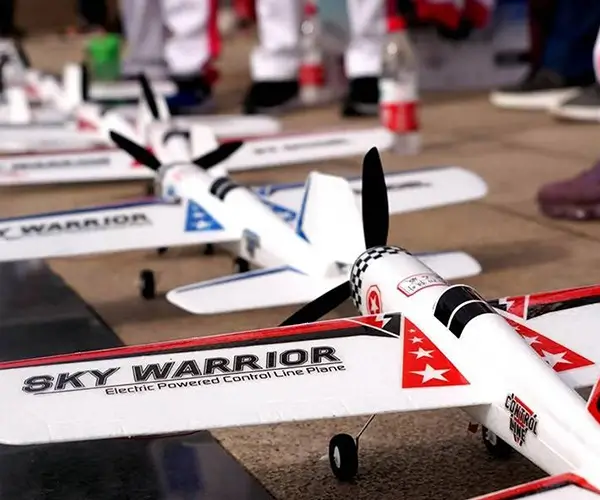The Rise of Variable Speed Gear Motors in Modern Industry
In an era where efficiency and adaptability are king, the evolution of motor technology plays a pivotal role in shaping numerous industries—from manufacturing and robotics to automotive and renewable energy. Among the revolutionary advancements stands the variable speed gear motor—a sophisticated fusion of gear and motor technology that offers exceptional control over speed and torque, opening new horizons for machinery and automation.

Understanding the Basics
At its core, a variable speed gear motor is designed to adjust its rotation speed, often on the fly, to suit specific operational needs. Unlike traditional motors that run at fixed speeds, these innovative devices combine a gear reduction or multiplication system with a variable frequency or voltage drive. This combination enables precise modulation of speed and output torque, making them highly versatile in applications where exact performance tailoring is necessary.
Gear motors, in general, have been around for decades and are valued for their compactness and efficiency. However, their fixed-speed nature limited their application, especially in dynamic environments. The advent of variable speed control mechanisms—powered by modern electronics—has transformed this landscape. Now, engineers can fine-tune performance parameters in real-time, leading to smoother processes, reduced energy consumption, and longer equipment lifespan.
Key Features and Technologies
Adjustable Speed Control: Using electronic controllers, operators can vary motor speed seamlessly, ensuring optimal operation regardless of load variations or process demands.
Enhanced Torque Control: Variable speed gear motors maintain consistent torque output across a broad spectrum of speeds, critical for handling delicate or heavy-duty tasks.
Energy Efficiency: By matching motor performance precisely to the application's requirement, these motors minimize unnecessary energy expenditure, aligning with modern sustainability goals.
Compact Design: Integrating gears with motor units results in space-saving solutions without sacrificing power or control.
Smart Integration: Modern variants include sensors and IoT connectivity, enabling predictive maintenance and data-driven performance optimization.
Applications Making Use of Variable Speed Gear Motors
Industries worldwide are rapidly adopting variable speed gear motors because of their remarkable adaptability. Here are just a few examples:
Manufacturing Lines: Precise control over conveyor belts, mixers, and robotic arms ensures high-quality output with minimal waste.
HVAC Systems: Variable speed motors help optimize airflow and temperature control, significantly reducing energy costs.
Agricultural Machinery: For tasks like irrigation and harvesting, adjustable speeds offer better efficiency and gentler handling of produce.
Automation and Robotics: Robots benefit enormously from variable speed motors by achieving delicate movements and tailored force application.
Renewable Energy: Wind turbines and solar tracking systems leverage these motors for accurate positioning and energy maximization.
The Technological Backbone: Variable Frequency Drives and More
The magic behind the variable speed capability lies in advanced electronic controls, chiefly Variable Frequency Drives (VFDs). VFDs modulate the power supply to the motor, adjusting speed and torque dynamically based on signals from sensors or user input. When paired with robust gearboxes, the VFD-controlled motor can deliver high torque at low speeds, or rapid acceleration when needed, with remarkable precision.
Other critical components include sensors for feedback, sophisticated control algorithms, and sometimes even machine learning algorithms to optimize operation over time. This integration has taken the traditional concept of a gear motor and transformed it into a intelligent, adaptable power source ready to meet the evolving demands of modern industry.
Benefits in a Nutshell
Customizable performance tailored to specific tasks Reduced operational costs through energy savings Longer equipment lifespan due to controlled operation Greater process precision and product consistency Flexible integration into automated systems
In the next section, we will delve deeper into specific applications, the technological components that make these motors so effective, and how they are shaping the future of industrial automation.
Established in 2005, Kpower has been dedicated to a professional compact motion unit manufacturer, headquartered in Dongguan, Guangdong Province, China.




































